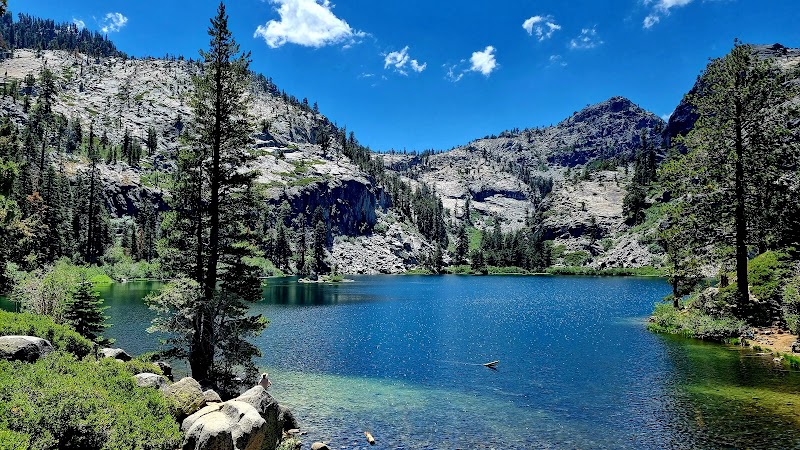
Johnstonville Wildlife Refuge Adventures
Johnstonville Wildlife Refuge is a protected wetland area in northeastern California known for its rich birdlife and diverse habitats, offering excellent opportunities for wildlife observation and photography.
About Johnstonville Wildlife Refuge

Johnstonville Wildlife Refuge covers a network of wetlands, marshes, and riparian zones just east of the town of Johnstonville in Lassen County, California. The refuge lies within the high desert region characterized by its relatively flat terrain interspersed with seasonal ponds and streams. The area's ecosystem supports a variety of bird species, amphibians, and small mammals owing to its vital wetland habitats, which play an important role in water filtration and provide breeding grounds for migratory and resident wildlife alike. Established to protect dwindling wetland environments and maintain biodiversity, the refuge is especially popular among birdwatchers, nature photographers, and naturalists. Vegetation includes cattails, willows, sedges, and native grasses, creating diverse habitats that attract waterfowl, shorebirds, and raptors. Visitors to Johnstonville Wildlife Refuge can explore several short trails and observation points designed to minimize disturbance while maximizing viewing opportunities. Seasonal flooding creates dynamic landscapes that shift through spring and summer, intensifying wildlife activity. Quiet walks and guided tours during migration seasons offer unforgettable encounters with species such as the northern pintail, American bittern, and even the occasional bald eagle. The refuge's proximity to Lassen Volcanic National Park and Eagle Lake allows visitors to combine wildlife observation with other outdoor activities like hiking and fishing. The refuge is a quiet, off-the-beaten-path destination that appeals to those seeking serene natural settings away from busier parks.
Highlights
Wetland observation platforms providing excellent birdwatching vantage points
Seasonal floodplains that attract a variety of migratory waterfowl
Quiet nature trails offering close-up views of native plants and amphibians
Remote boardwalk trail giving access to less disturbed marsh habitats
Notable Natural Features
Wetland Observation Platforms
Elevated platforms positioned throughout the refuge offer unobstructed views of bird colonies and wetland activity without disturbing habitat.
Seasonal Floodplains
Areas of the refuge that flood annually, creating ideal breeding and feeding grounds for waterfowl and amphibians.
Marsh Boardwalk Trail
A short, elevated trail passing over marshy areas that allow visitors to explore sensitive habitats with minimal impact.
